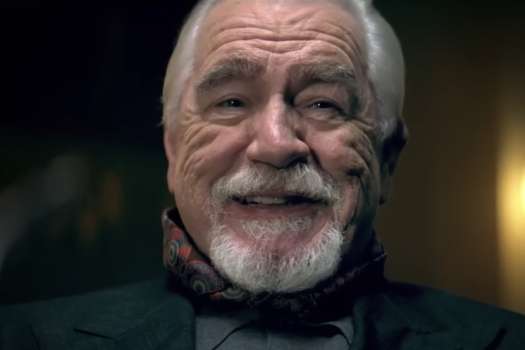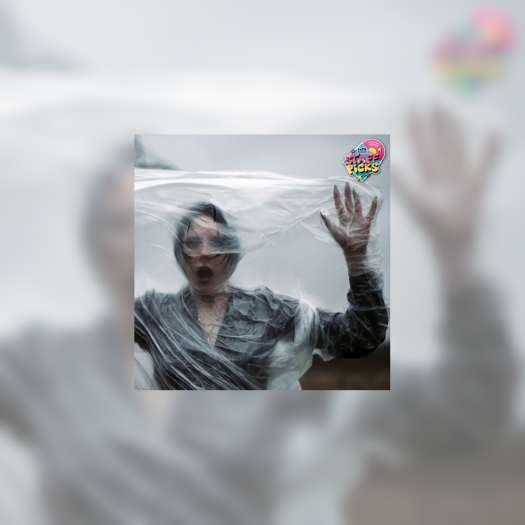Five titles are presented here fresh from the vaults featuring the goddess who knew how to look like a woman, dress like a man and kill with a glance. While only three of these are titles commonly associated with her regal mystique, the three are choice and are coupled with two lesser-known titles that offer humorous counterpoint. The classic titles are all by arch-formalist Josef von Sternberg, who helped launch her career and define her persona. The least interesting of these is the nonetheless much-loved Morocco (1930), in which Dietrich finds herself singing in the North African nation while fielding romantic offers from legionnaire Gary Cooper and the wealthy Adophe Menjou. Dietrich initially stays with sugar daddy Menjou but rough and ready Coop is the obvious choice, as he takes no guff and acts heroically in battle. Whatever the outcome, theyre both wrapped around her little finger. More complex is the pleasingly overwritten Blonde Venus (1932), in which our woman is married to terminally-ill scientist Herbert Marshall; she pays for an experimental treatment first by returning to the stage and then by accepting the charms of the rich Cary Grant. Marshall, none-too-pleased by that last development, proceeds to hound Dietrich across the country in the hopes of claiming their son. If the film shows her at a symbolic disadvantage, its still full of stellar numbers (including the now-questionable song "Hot Voodoo) and opportunities for exquisite agony. Best of all (and most underrated) is The Devil is a Woman (1935), set in Carnevale-crazed Spain as Lionel Atwill tells the story of his tortured romance with a woman (Dietrich) who declares her love then spurns him then declares her love, etc., until hes nearly ruined. This is Dietrich at her most powerful, in a variety of lavish costumes, as she bends the will of both Atwill and her younger suitor Cesar Romero. Next to these, 1940s The Flame of New Orleans seems like a slight letdown: it transports the star to 19th century NOrleans into a triangle between the wealthy Roland Young and sailor Bruce Cabot. With shades of Morocco, Cabot has the edge but the film is less elegantly tortuous thanks to the relaxed style of newly expatriated Frenchman Rene Clair. Finally, Golden Earrings (1947) finds Dietrich far removed from her old image, as a gypsy who helps British agent Ray Milland in the days leading up to WWII; its mostly romantic schlock, but its surprisingly watchable nonetheless. The only extras are trailers. (Universal)
Marlene Dietrich: The Glamour Collection

BY Travis Mackenzie HooverPublished May 1, 2006



